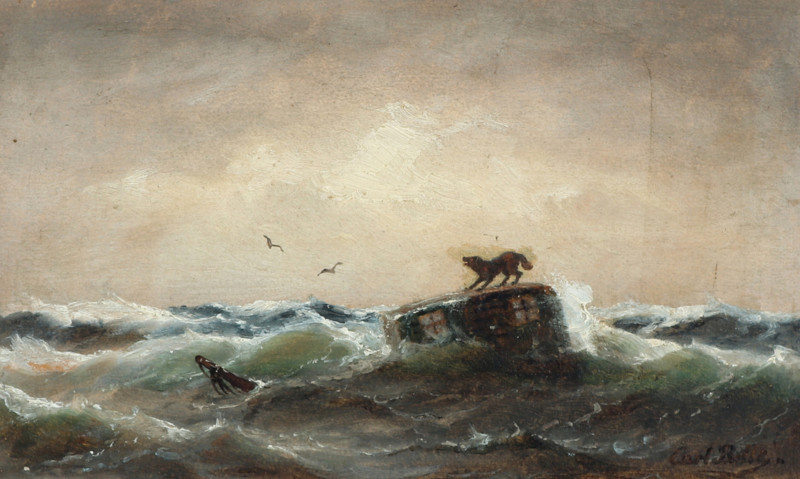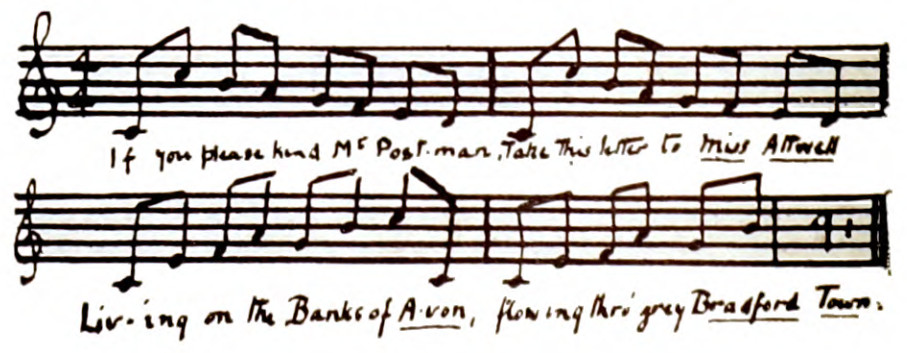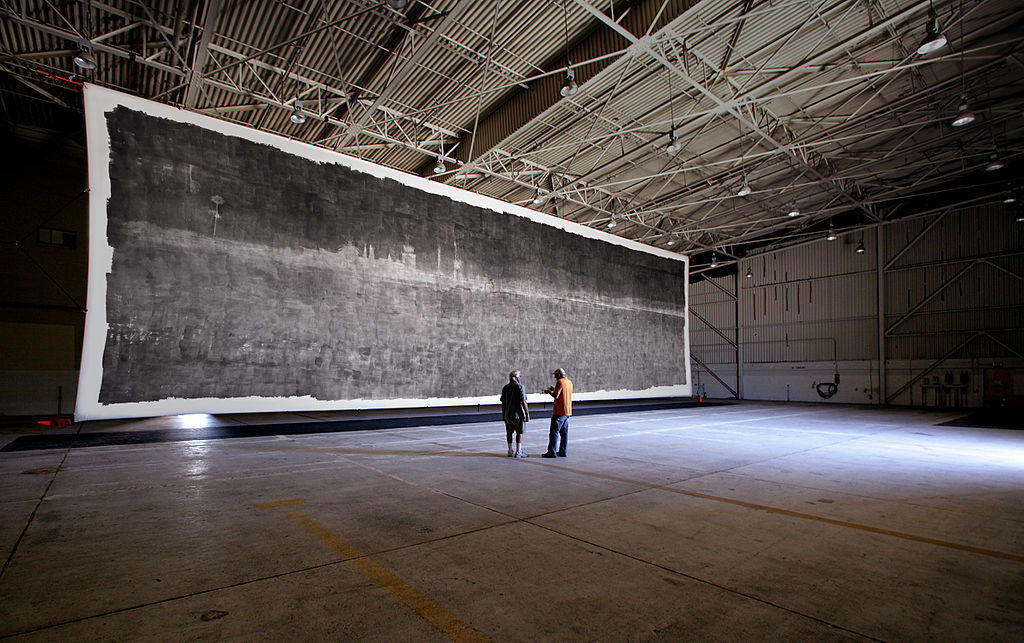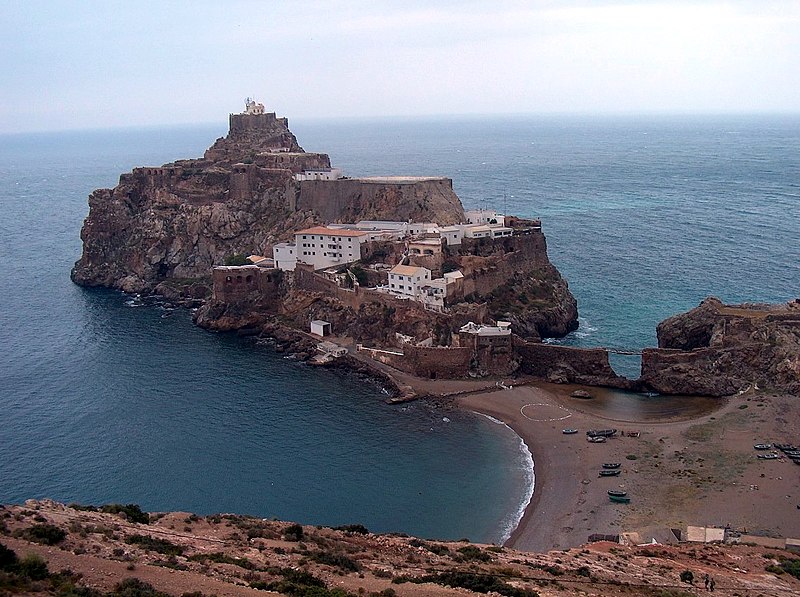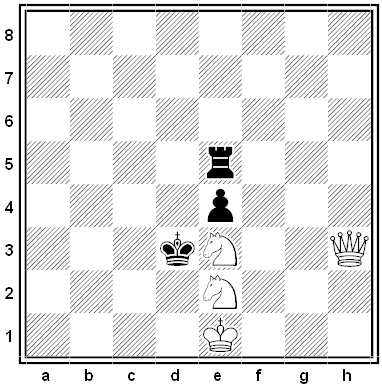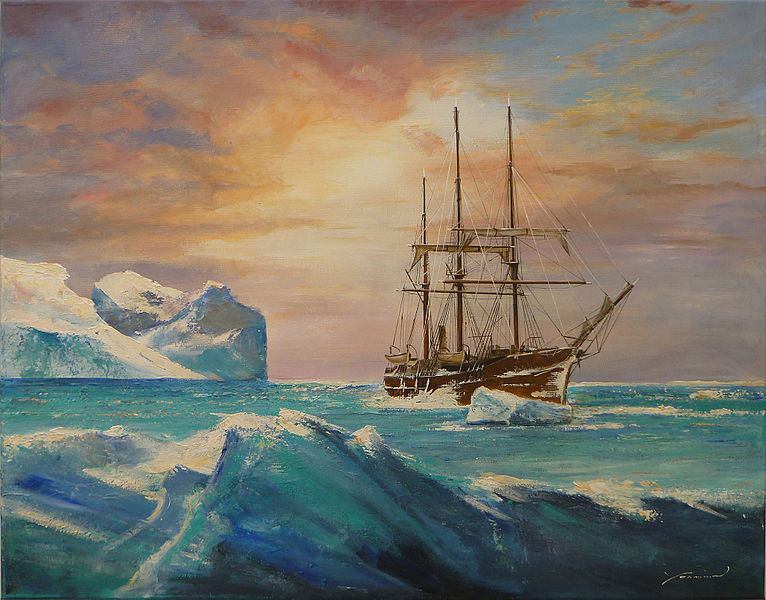A discovery made yesterday near the towns of Colliers, W. Va., clears up a mystery of thirty-two years’ standing.
The skeletons of four human beings were found in an abandoned coal mine a mile east of the place. The men were supposed to have been killed many years ago.
David Snyder was exploring the old mine, which had not been worked since the early ’60s, when he discovered the human bones. One of the skeletons was sitting upright against a ledge.
Beside the skeleton was found a flask containing notes that explained the mysterious disappearance of John Ewing, Ben Ayers, Tom Ackelson and Joe Obney, who were known here thirty-two years ago. The notes were written with a pencil, but were well preserved. It read as follows:
Nov. 2, 1863. — Should this ever reach the outside world, let it be known that we are prisoners here, owing to the caving-in of the mine. We are deserters, and were in hiding here when the mine caved in. Food and water are all gone. We are doomed, as no one outside is aware of our whereabouts. This is the eighth day of our imprisonment.
Nov. 4. — John Ewing and Tom Ackelson have just killed Ben Ayres, and are eating him. I have already eaten my bootlegs. The water in the mine is terrible. Our oil is getting scarce, and the air is becoming foul. I only know the day of the month by my watch.
Nov. 6. — Ewing has just killed Ackelson, cut off one of his feet and is eating it, and dancing around and flourishing his dirk-knife like a maniac.
Nov. 7. — I am now alone with the dead. I had to kill Ewing in self-defense. I have just eaten my other bootleg. Am sleepy. Good-bye. I inclose this note in this flask to preserve it, if possible, so that if ever found our sad fate will be known.
Joseph Obney
Several of the old residents hereabouts remember these men. It is believed that they had been killed in battle. As no relatives of the dead men could be found their bodies were buried by the town poormaster.
— Eagle River [Wis.] Review, March 12, 1896
(The story is doubtful — Obney seems to have had three legs — but it was widely retailed: I find 103 instances in American papers in February and March 1896.) (Thanks, Deryck.)


